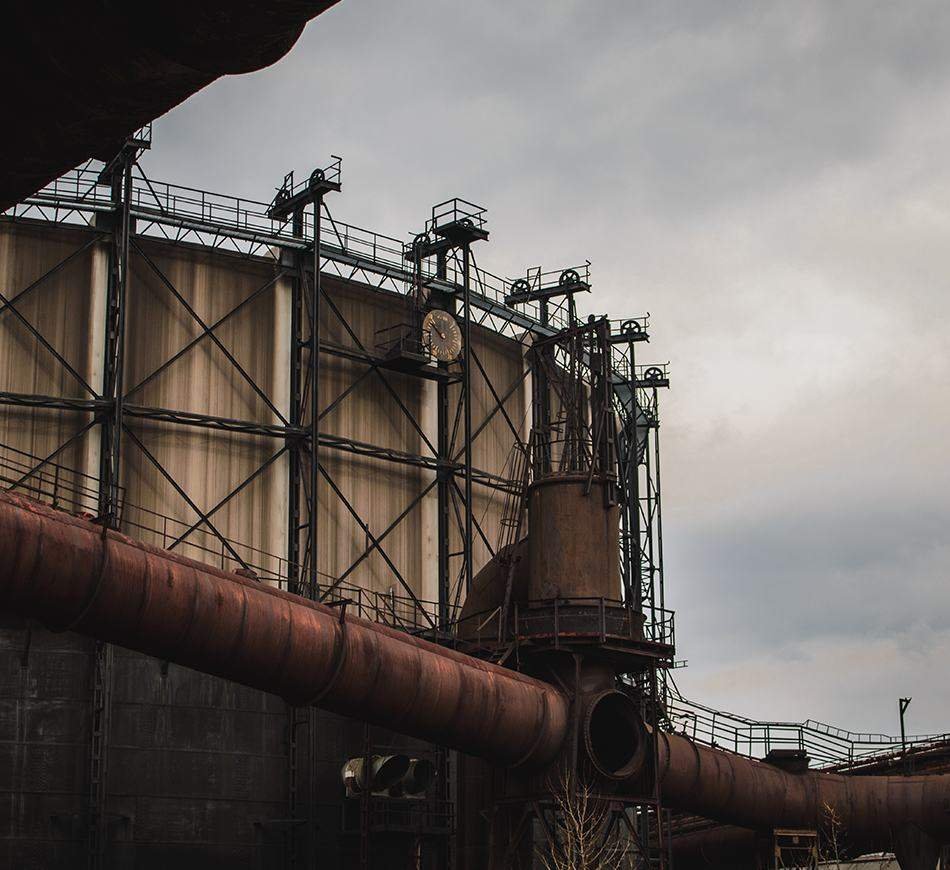In the cement industry, lubrication, greases, and fuels play crucial roles in ensuring the smooth operation of various equipment and processes. Here’s how each is used:
- Lubrication:
- Application: Lubrication is essential for reducing friction and wear in machinery such as crushers, mills, kilns, and conveyors used in the cement manufacturing process.
- Types of Lubricants: Different types of lubricants, including oils and greases, are used based on the specific requirements of each application. For example, high-temperature lubricants may be required in areas where equipment is exposed to extreme heat during the cement production process.
- Greases:
- Application: Greases are used in areas where it is difficult to use liquid lubricants, such as in open gears, bearings, and other heavily loaded components.
- Properties: Greases provide a protective layer that helps reduce friction, prevent corrosion, and seal out contaminants. They are particularly useful in applications where frequent lubrication is not practical.
- Fuels:
- Types of Fuels: The cement industry typically uses a variety of fuels, including coal, petroleum coke, natural gas, and alternative fuels such as biomass or waste-derived fuels.
- Usage in Kilns: Fuels are a critical component in the cement manufacturing process, especially in rotary kilns where raw materials are heated to high temperatures to produce clinker. The choice of fuel can impact the efficiency and environmental footprint of the cement production process.
- Energy Efficiency: The selection of appropriate fuels and efficient combustion processes is essential for minimizing energy consumption and reducing greenhouse gas emissions.
- Challenges and Considerations:
- Harsh Conditions: Cement manufacturing involves harsh conditions, including high temperatures and dust. Lubricants and greases used in the industry must be able to withstand these conditions to ensure the longevity and reliability of equipment.
- Environmental Concerns: The cement industry is increasingly focused on sustainability and environmental responsibility. As a result, there is a growing interest in using alternative and more environmentally friendly lubricants, greases, and fuels.
- Maintenance Practices:
- Regular Inspections: Regular inspections and maintenance practices are crucial to identify and address issues related to lubrication, greases, and fuels. This helps prevent equipment failures and downtime, ultimately contributing to the efficiency of the cement manufacturing process.
In summary, lubrication, greases, and fuels are integral to the functioning of machinery and processes in the cement industry. Proper selection and maintenance of these components are essential for optimizing efficiency, minimizing downtime, and aligning with environmental sustainability goals.




